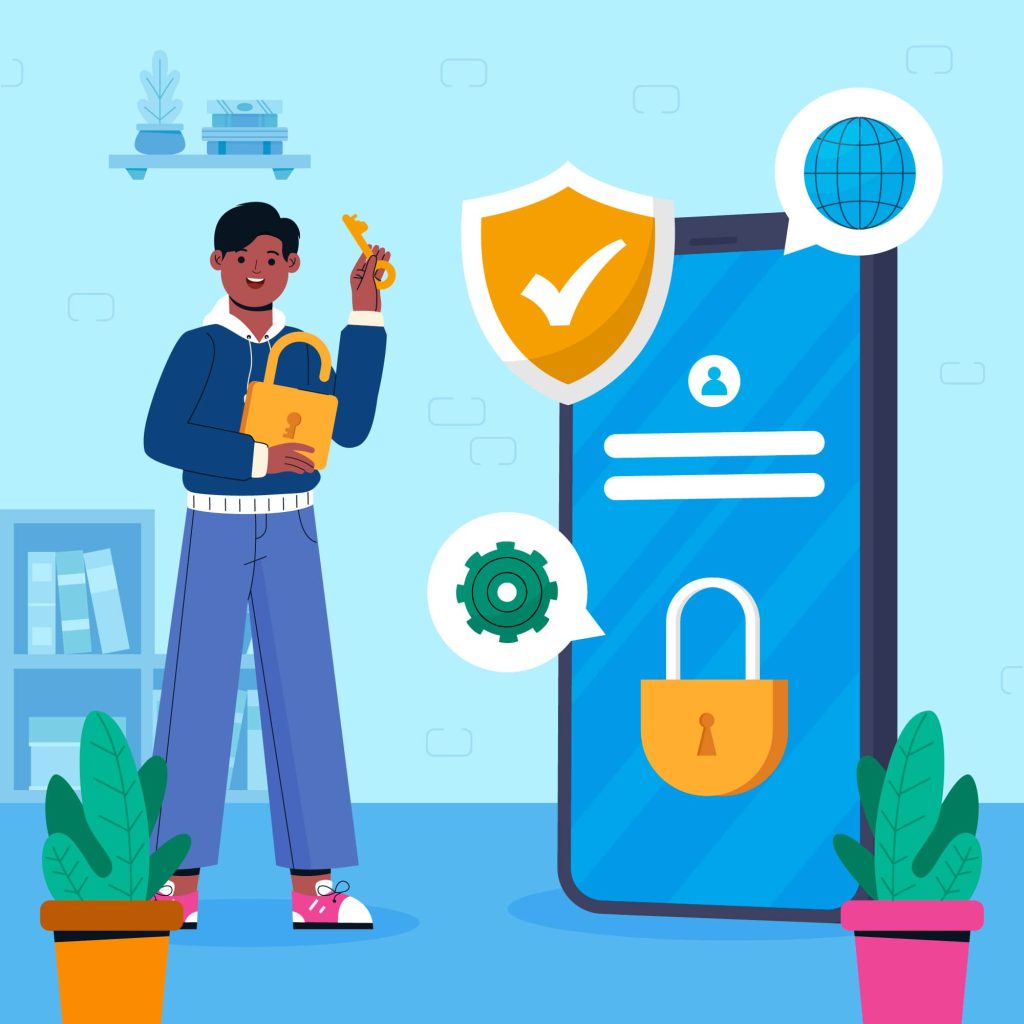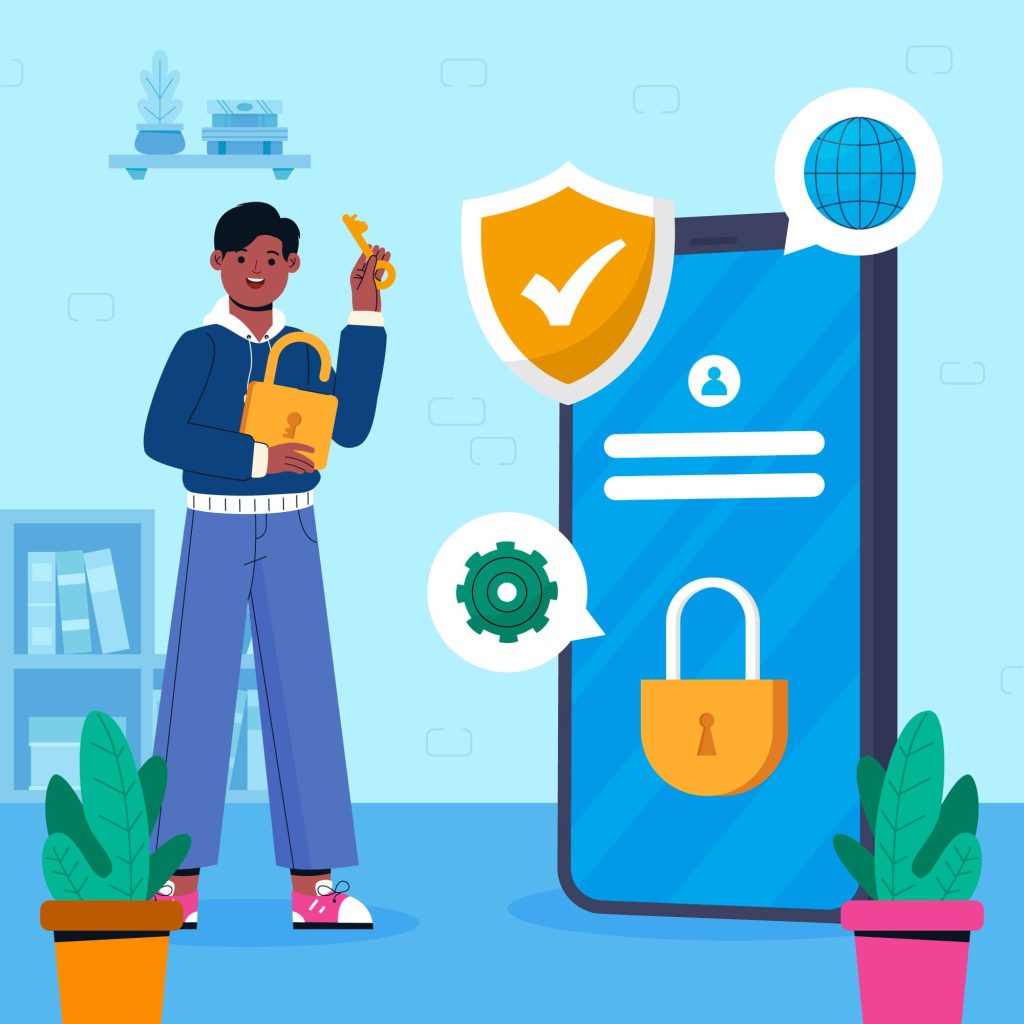- BlogTechnology Top 10 Flutter Security Best Practices for UI Developers




Top 10 Flutter Security Best Practices for UI Developers
Top 10 Flutter Security Best Practices for UI Developers
This article introduces essential flutter security best practices for UI developers, aiming to educate those new to this topic on how to build more secure applications, benefiting individuals and businesses alike.
Flutter, a UI software development kit that is open-source and created by Google, has quickly become a popular choice for creating applications that compile natively across mobile, web, and desktop platforms, all from a singular codebase.
1. Secure Data Storage
When it comes to storing sensitive information such as tokens, passwords, or personal user data, relying on shared preferences or local files is not secure. Instead, utilize secure storage mechanisms. For Flutter, packages like flutter_secure_storage provide a way to store data securely in the platform’s keychain/key store, encrypted using device-specific keys, thus ensuring that data is not easily accessible by malicious actors.
2. Use HTTPS
When your Flutter application communicates with a server, it’s crucial to use HTTPS instead of HTTP. HTTPS encrypts the data transmitted between the client and server, safeguarding it against eavesdropping and tampering. Ensure that your backend supports HTTPS and that your Flutter app rejects any non-HTTPS connections, except for local or debug environments.
3. Validate Input and Output Data
Cleaning both input and output data is crucial for mitigating prevalent security issues, including SQL injection, cross-site scripting (XSS), and more. Although Flutter apps primarily communicate with backend services for data storage and retrieval, ensuring that all data sent to and received from the server is validated can mitigate potential attacks. Use packages and libraries that offer input validation functions, and always validate data on the server side as well.
4. Implement Authentication and Authorization
Implementing strong authentication and authorization mechanisms is essential for protecting user accounts and sensitive data. Consider using OAuth 2.0, OpenID Connect, or Firebase Authentication for managing user authentication securely. Additionally, ensure that your application correctly implements authorization checks to prevent unauthorized access to restricted functionalities or data.
5. Manage API Keys and Secrets Carefully
Hardcoding API keys, secrets, or other sensitive information in your Flutter application’s code can lead to security breaches if the code is decompiled. Instead, use environment variables or secure secret management tools to inject these values into your application at build time. For added security, consider using backend services to mediate access to third-party APIs, rather than calling them directly from the app.
6. Keep Third-party Packages Updated
Dependencies and third-party packages can introduce vulnerabilities into your application. Keep your Flutter app’s packages up to date to take advantage of security fixes and enhancements. Additionally, periodically audit these packages for known vulnerabilities using tools like pub.dev or GitHub’s dependabot.
7. Use Platform-specific Security Features
Flutter apps can leverage native platform security features for additional protection. For instance, implementing biometric authentication (like fingerprint or facial recognition) using packages such as local_auth can enhance the security of user authentication. Always stay informed about the latest platform security capabilities and consider how they can be integrated into your Flutter app.
8. Encrypt Sensitive Data in Transit and At Rest
Besides using HTTPS, consider encrypting sensitive data before sending it over the network or storing it on the device. This double layer of protection ensures that data remains confidential and integral, even if intercepted. For encryption, use established libraries and algorithms with a strong security track record.
9. Regular Security Audits and Testing
Regularly auditing your code for security vulnerabilities and conducting penetration testing can help identify and mitigate potential security issues before they are exploited. Consider using automated tools to assist in this process and, if possible, engage with security professionals to perform thorough assessments.
10. Secure App Distribution
Ensuring the secure distribution of your Flutter app is crucial to prevent tampering and unauthorized modifications. Use app signing to verify that the app comes from a trusted source. For Android, sign your app with a secure and private key before uploading it to the Google Play Store. For iOS, use Xcode and Apple’s signing mechanisms to distribute through the App Store or for enterprise use.
Additionally, consider implementing certificate pinning to prevent man-in-the-middle (MITM) attacks by ensuring your app communicates only with the server it’s supposed to. By securing the distribution process, you can further protect your app and its users from potential security threats.
Security in Flutter applications encompasses various aspects, from secure data storage and transmission to proper authentication, validation, and regular updates. By adhering to these Flutter security best practices, developers can create Flutter applications that not only offer compelling user experiences but also safeguard user data against evolving threats.
Whether for individual developers or businesses, prioritizing security in the development process is essential for building trust and ensuring the long-term success of your Flutter applications.
Concerned about the security of your Flutter applications? Incepteo is here to fortify your digital solutions.
Incepteo ensures your Flutter apps are secure fortresses, combining user-friendliness with robust protection. Our expertise spans secure data storage, encryption, and regular security audits to safeguard your applications and data. Elevate your Flutter project’s security with Incepteo. Contact us to learn more.
Share this:
Recent Posts
By Sector

How Can Incepteo Help You?


Quick Links
AI SERVICES
2024 © All rights reserved by Incepteo
